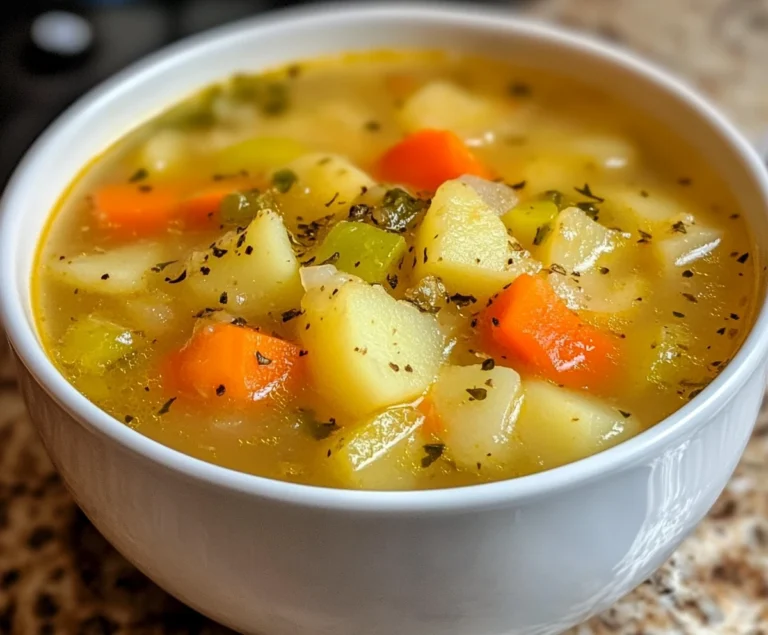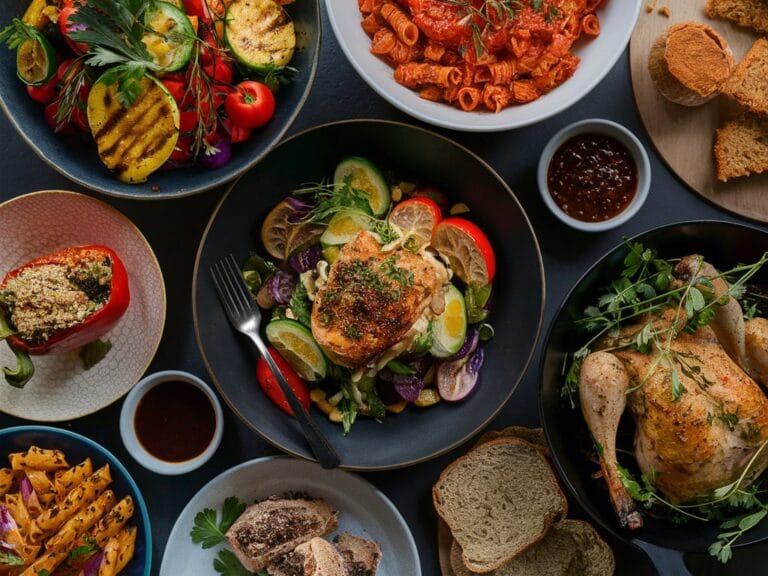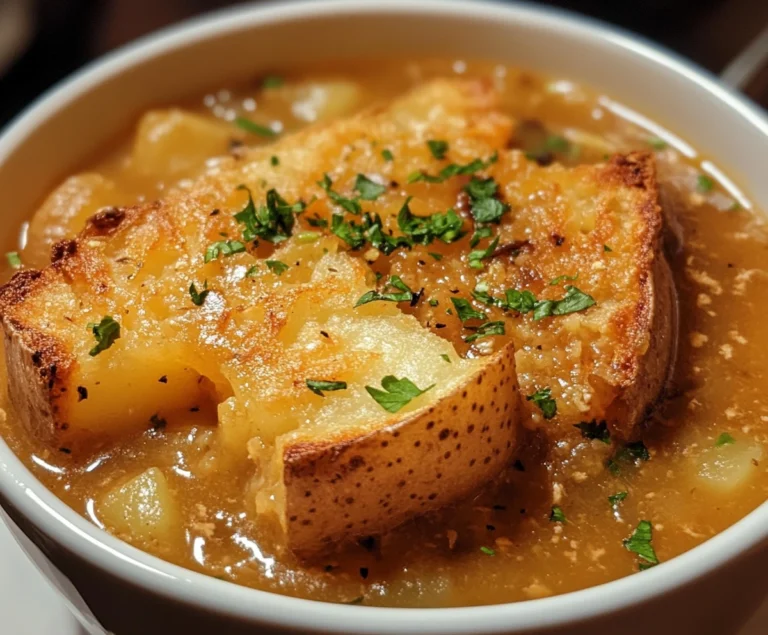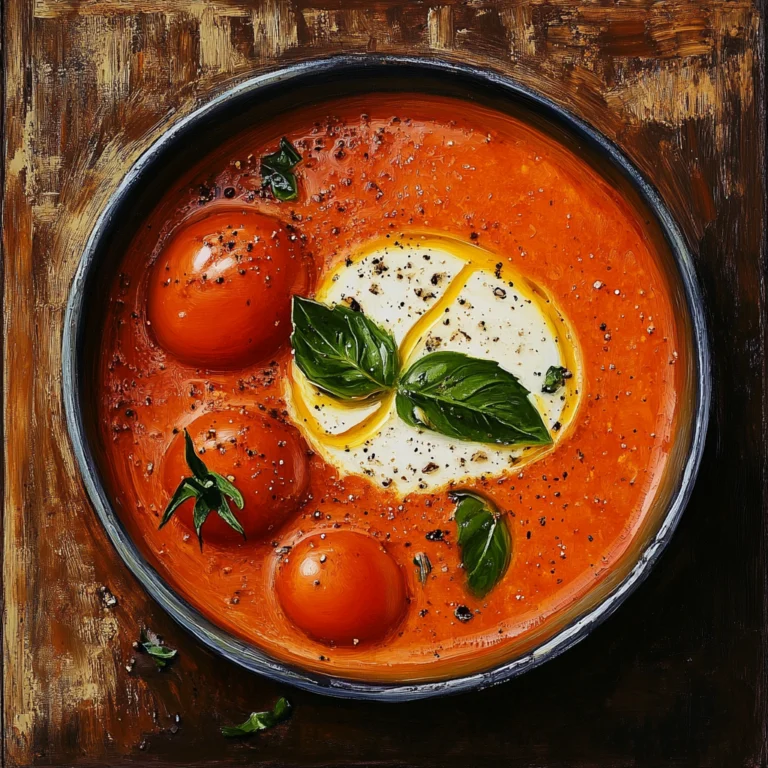What are the five mistakes to avoid pasta salad?
Pasta salad is a classic dish that works well in a variety of settings, whether it’s a summer picnic, a potluck dinner, or a simple family meal. Despite its simplicity, pasta salad can be tricky to get right, and many people make mistakes that negatively impact the flavor, texture, or appearance of the dish. This article will explore the five most common mistakes to avoid when making pasta salad and how to ensure your dish comes out perfect every time.
By understanding these errors, you’ll elevate your pasta salad from bland and soggy to vibrant and delicious, ensuring your guests or family members come back for seconds.
1. Choosing the Wrong Type of Pasta
When making pasta salad, the type of pasta you choose plays a critical role in the final product. Not all pasta shapes work well in pasta salad, and selecting the wrong one can leave you with a salad that lacks balance and doesn’t absorb the dressing properly. This is one of the biggest mistakes people make, and it can easily ruin the entire dish.
Why Pasta Shape Matters
Pasta shape directly influences the texture of your salad. The wrong shape can cause your salad to become unevenly coated with dressing, making it either too dry or too soggy. Additionally, some pasta shapes don’t hold onto the ingredients, leading to a lack of flavor in each bite.
Which Pasta Shapes to Avoid
- Spaghetti, Linguine, and Fettuccine: These long, thin noodles are great for dishes like carbonara or Alfredo, but they don’t work well in pasta salad. Their smooth surfaces don’t hold onto dressing or mix well with other ingredients. These types of pasta are best reserved for warm dishes with thick sauces.
- Angel Hair or Capellini: These pasta types are far too delicate for pasta salad. They tend to clump together, making it difficult to distribute the dressing evenly, and they can easily overcook, becoming mushy in a cold salad.
Best Pasta Shapes for Pasta Salad
To ensure a balanced and flavorful salad, choose pasta shapes with ridges or curves. These types are ideal because they hold onto the dressing and mix well with other ingredients.
- Fusilli, Rotini, and Gemelli: These twisted pasta shapes are perfect for pasta salad because their spirals trap the dressing and other ingredients, ensuring that every bite is packed with flavor.
- Penne and Rigatoni: Their hollow centers allow dressing and small ingredients like diced vegetables or cheese to fill the inside, creating a well-balanced bite.
- Bowtie (Farfalle): Farfalle is visually appealing and holds dressing well on its flat surfaces and creases.
By choosing the right pasta shape, you’ll create a pasta salad that not only looks great but also tastes delicious in every bite.
Pro Tip: When selecting your pasta, look for shapes that offer texture and crevices. This helps the dressing cling to the pasta, rather than slide off, ensuring a more flavorful salad.
Texture Considerations
Beyond just the shape, you should also consider the texture of the pasta. Pasta that is too soft will turn mushy when mixed with dressing, while pasta that is too firm will be unpleasantly chewy. Always aim to cook your pasta al dente, which means “to the tooth” in Italian, indicating it should be firm but not hard when bitten.
For a more detailed guide on selecting the right pasta, you can explore this comprehensive guide to pasta shapes and textures, which includes tips for different types of pasta dishes.
2. Overcooking or Undercooking the Pasta
One of the most common mistakes when making pasta salad is improperly cooking the pasta. This is where many home cooks go wrong, leading to either mushy or overly firm pasta that doesn’t mix well with the other ingredients.
The Importance of Cooking Time
The cooking time for pasta is critical when making pasta salad. If you cook the pasta for too long, it becomes too soft and will likely fall apart when mixed with dressing and other ingredients. On the other hand, if you undercook the pasta, it will remain too firm and chewy, making the salad less enjoyable to eat.
Overcooking: The Soggy Salad Disaster
- Problem: Overcooked pasta becomes mushy, and when combined with dressing, it only gets worse. The dressing tends to be absorbed too much by the pasta, leading to a soggy, glue-like texture.
- How to Avoid: Always cook pasta according to the package directions, but check it a minute or two before the suggested cooking time. The goal is to achieve al dente—firm but not undercooked. Once cooked, immediately drain and rinse the pasta with cold water to stop the cooking process. This is especially important for pasta salad, as it prevents the pasta from becoming too soft.
Undercooking: The Tough and Chewy Problem
- Problem: Undercooked pasta retains too much firmness, making it difficult to enjoy. It won’t absorb the dressing well, leaving the salad bland and unevenly flavored.
- How to Avoid: If your pasta is undercooked, it will not combine well with the other ingredients, leaving the dish lacking in flavor and cohesiveness. To avoid this, taste your pasta a minute before it’s fully cooked. If it’s still too firm, let it cook for a little longer but not too much.
The Importance of Cooling the Pasta
After draining your pasta, rinse it with cold water. This stops the cooking process and cools the pasta quickly, which is important because warm pasta will continue to cook and soften even after being drained. Cooling the pasta also prevents it from absorbing too much dressing when you toss the salad together.
For additional insights on how to avoid overcooking or undercooking your pasta, you can explore this helpful guide on cooking pasta to perfection.
3. Skipping the Seasoning for the Pasta
One of the most overlooked mistakes is failing to season the pasta. Pasta by itself doesn’t have much flavor, and if you don’t season it properly, your salad will end up tasting bland, no matter how good your dressing is.
Why Seasoning Matters
Seasoning pasta before combining it with other ingredients is crucial to achieving a flavorful salad. Many people assume the dressing will provide enough seasoning, but this isn’t always the case. The pasta itself needs to be seasoned while it’s still warm to absorb flavors effectively.
How to Properly Season Your Pasta
- Salt the Water: Always add a generous amount of salt to the water before cooking the pasta. The water should taste like the ocean—this is how you ensure the pasta is infused with flavor from the inside out. The salt penetrates the pasta, seasoning it evenly as it cooks.
- Add Olive Oil or Lemon Zest: After draining the pasta and while it’s still warm, toss it with a little olive oil or lemon zest. This step adds a layer of flavor before you even mix in the dressing or other ingredients.
- Toss with Garlic or Fresh Herbs: You can also toss the warm pasta with minced garlic or fresh herbs like basil or parsley for additional depth of flavor.
The Role of Temperature in Seasoning
Pasta absorbs flavors best when it’s still warm. That’s why it’s important to season it immediately after cooking, before it cools down. Once it’s cold, it becomes more difficult for the pasta to absorb seasoning and dressing.
Pro Tip: Don’t forget to season your pasta water. It’s a simple step that makes a huge difference in the overall flavor of your pasta salad. A good rule of thumb is to add one tablespoon of salt for every quart of water.
4. Using the Wrong Dressing
The dressing is often the star of the show in pasta salad, but using the wrong dressing can ruin the dish. Some people choose dressings that are too heavy, too thick, or even bland, leading to a pasta salad that’s either overpowered by sauce or lacking flavor.
How to Choose the Right Dressing
The right dressing can transform a simple pasta salad into a vibrant, flavorful dish. The dressing should complement the pasta and other ingredients without overwhelming them.
- Vinaigrettes: Light, oil-based dressings like vinaigrettes work particularly well in pasta salads. They’re lighter than creamy dressings and help evenly coat the pasta without making it soggy.
- Creamy Dressings: Creamy dressings, such as those based on mayonnaise or Greek yogurt, can also be used, but be careful not to overdo it. These dressings tend to be heavier and can overwhelm the fresh ingredients if you add too much.
Finding the Balance
The key to a great pasta salad is balance. You don’t want too much dressing, as this can make the pasta soggy and heavy. On the other hand, too little dressing will leave the salad dry and flavorless. The goal is to coat the pasta lightly so that the flavors of the other ingredients can shine through.
Flavor Enhancers for Dressings
If your dressing tastes bland, try adding flavor enhancers like Dijon mustard, honey, or red wine vinegar. These ingredients help brighten the flavor of the dressing without overpowering the dish.
- Dijon Mustard: Adds a tangy, slightly spicy flavor that pairs well with vinaigrettes.
- Honey: Balances acidity and adds a touch of sweetness, perfect for countering the bitterness of vinaigrettes.
- Red Wine Vinegar: Brightens up the overall flavor and enhances the other ingredients.
5. Not Adding Enough Fresh Ingredients
While pasta is obviously the main component of pasta salad, it’s the fresh ingredients that really make the dish stand out. One of the biggest mistakes is skimping on the fresh vegetables, herbs, and proteins that add color, texture, and flavor to the salad.
Why Fresh Ingredients Are Essential
A pasta salad without fresh ingredients can quickly become boring and one-dimensional. Fresh vegetables and herbs not only add flavor and texture but also make the salad more visually appealing.
Fresh Ingredients to Include
- Vegetables: Cherry tomatoes, cucumbers, bell peppers, and red onions add crunch and vibrant colors. Choose vegetables that stay crisp, even after being dressed and mixed with pasta.
- Herbs: Fresh herbs like basil, parsley, cilantro, or dill add a burst of freshness that balances the richness of the pasta and dressing. Don’t be afraid to use a generous amount of herbs—they bring life to the dish.
- Proteins: Adding chicken, tuna, hard-boiled eggs, or cheese (like feta or mozzarella) adds protein and substance to the dish. These ingredients turn pasta salad from a side dish into a satisfying meal.
Balancing the Ratio of Pasta to Other Ingredients
The key to a great pasta salad is striking the right balance between pasta and fresh ingredients. You don’t want the salad to be all pasta, as this will make it heavy and one-note. Conversely, too many vegetables and not enough pasta will make the salad feel incomplete.
A good rule of thumb is to aim for a ratio of about 60% pasta to 40% fresh ingredients. This ensures that every bite is a well-balanced mix of textures and flavors.
Pro Tip: Add delicate ingredients, like fresh herbs and soft cheeses, just before serving. This prevents them from wilting or breaking down too much in the salad.
Bonus Tips for Perfect Pasta Salad
Now that we’ve covered the five most common mistakes, here are a few additional tips to help you make the perfect pasta salad every time.
1. Add the Dressing Just Before Serving
If you’re making pasta salad ahead of time, wait to add the dressing until just before serving. Pasta absorbs dressing as it sits, which can lead to a soggy salad. To avoid this, toss the pasta with a small amount of dressing when you first make it, and then add the rest of the dressing right before serving.
2. Serve at Room Temperature
Pasta salad tastes best when served at room temperature. If you serve it too cold, the flavors can be muted, and the texture can become stiff. Let the pasta salad sit at room temperature for about 15-20 minutes before serving to allow the flavors to meld and the ingredients to soften slightly.
3. Experiment with Different Flavors
Don’t be afraid to experiment with different flavor combinations. For example, you can give your pasta salad a Mediterranean twist by using olives, feta, and sun-dried tomatoes, or go for an Asian-inspired salad with soy sauce, sesame oil, and edamame. The possibilities are endless!
FAQs
1. What is the best pasta shape for pasta salad?
The best pasta shapes for pasta salad are those with grooves or curves, such as fusilli, rotini, and penne. These shapes hold onto dressing and mix well with other ingredients.
2. How can I prevent my pasta salad from becoming too dry?
To prevent dryness, toss the pasta with a small amount of dressing right after it cools. Then, add the rest of the dressing just before serving. This ensures that the pasta absorbs some flavor but doesn’t become overly dry.
3. How long can pasta salad be stored in the fridge?
Pasta salad can be stored in the fridge for up to 3 days in an airtight container. However, the texture may change over time as the pasta absorbs the dressing, so it’s best to freshen it up with a little more dressing before serving.
4. Can I make pasta salad ahead of time?
Yes, you can make pasta salad ahead of time. However, it’s best to store the dressing separately and add it just before serving to prevent the pasta from becoming soggy.
By avoiding these five common mistakes and following the tips outlined in this guide, you’ll be able to make a pasta salad that’s delicious, balanced, and full of fresh flavors. Whether you’re preparing it for a party, a family meal, or just a quick lunch, these techniques will help ensure your pasta salad is a hit every time.







